October has been a real delight; in particular I can’t remember seeing such an amazing profusion of peas.
In November I am expecting the unexpected…wondering which earlier spring flowers will linger longer, and which summer plants will flower early. I am hoping that the Grass Triggerplant Stylidium graminifolium will ‘linger longer’ as it’s erect stem with spike of pale pink or white flowers is always a delight to see, and sometimes occurs in massed displays.

Grass Triggerplant
It is often mixed with the gorgeous mauve Chocolate Lily Arthropodium strictum.
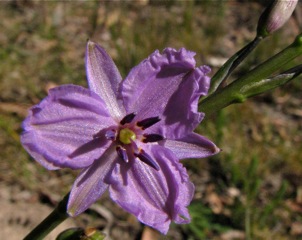
Chocolate Lily
In the Allen Noble Sanctuary a late spring plant Long Purple-flag Patersonia occidentalis which has a spectacular flower with three large purple petals has already finished. Maybe you will find it elsewhere!
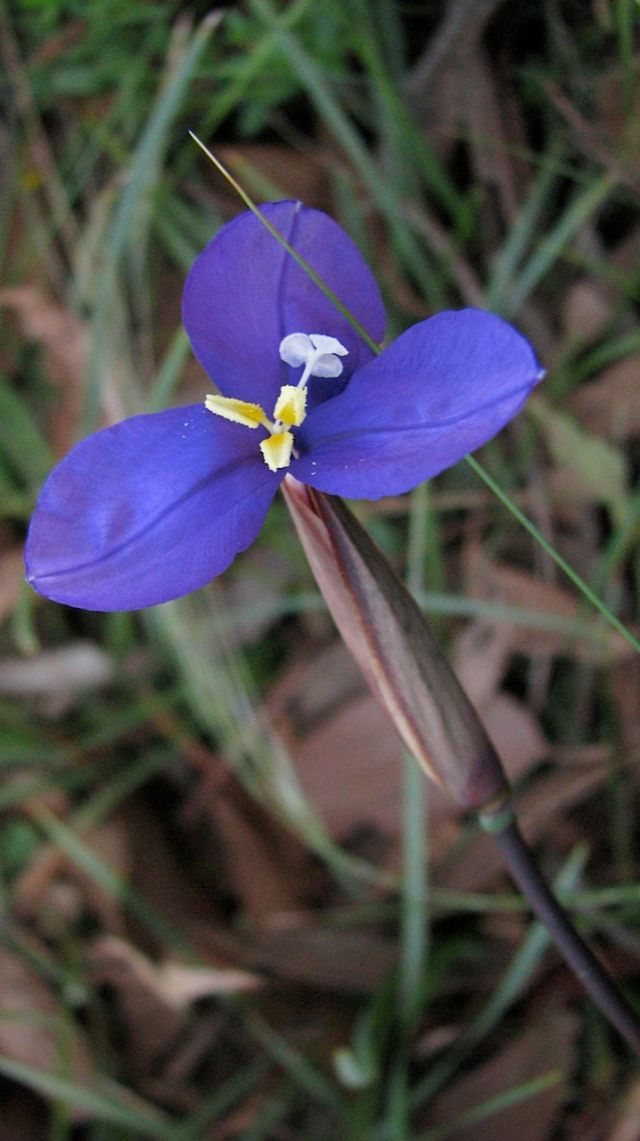
Long Purple-flag
However Common Everlasting Chrysocephalum apiculatum with its small clusters of brilliant-yellow papery flowers, and soft grey-green foliage, is looking quite stunning.

Common Everlasting
Also our native Pelargonium called Austral Stork’s-bill Pelargonium australe is growing well in the sanctuary.
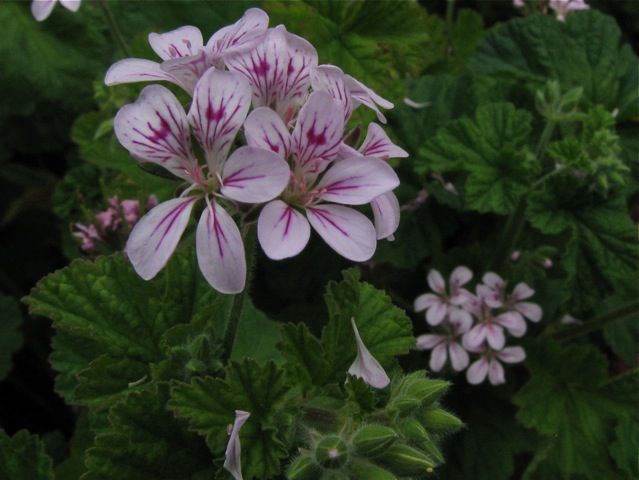
Austral Stork’s-bill
In the wetter areas such as Moggs Creek, the tall shrub, Musk Daisy-bush Olearia argophylla is springing into flower with its large clusters of white flower-heads. I always like to look at, and feel, the silvery, hairy undersides of the long, wide leaves.

Musk Daisy-bush
In the same area the tall shrub or small tree, Hazel Pomaderris P.aspera is ready to display its massed bunches of tiny yellow-green flowers. Many plants at this time of year are hands-and-knees jobs. If you come across the tiny white flowers of the Sweet Hound’s-tongue Cynoglossum sauveolens be sure and get down for a smell…I guarantee it will be worth the effort.

Sweet Hound’s-tongue
This time of year is a good time to spy plant pollinators. On a recent walk I saw a Hover Fly on the flowers of a number of low-growing plants such as the well-known pale-pink Cut-leaf daisy Brachyscome multifida. The indigenous daisy is sightly smaller and less colourful than many we grow in our gardens.
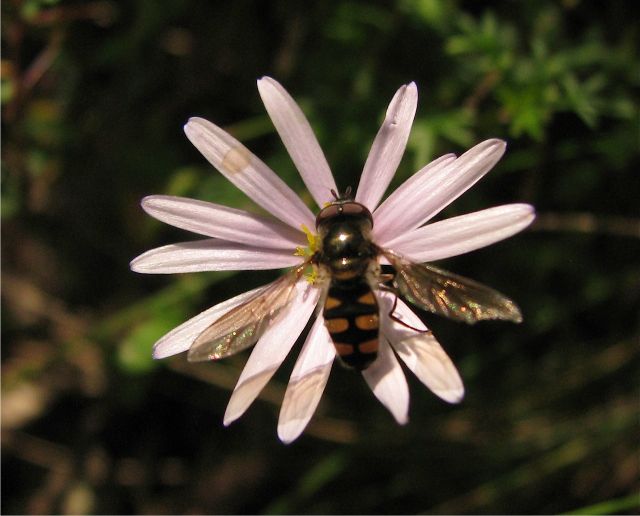
Cut-leaf daisy
Another daisy, but white with prickly foliage, Prickly Starwort Stellaria pungens was also attracting Hover Flies, as was our yellow native Wood-sorrel Oxalis exilis.
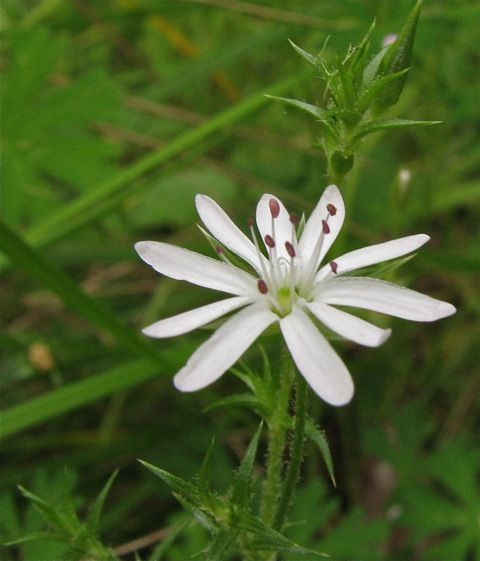
Prickly Starwort

Wood-sorrel
I can’t finish without mentioning everyone’s favourite November flower Blue Pincushion Brunonia australis . The single bright-blue, circular, flower-heads or ‘pincushions’ have narrow, soft (also worth feeling) spoon-shaped pale-green leaves forming a rosette at the base of the stems.

Blue Pincushion
Remember to carry ‘Flowers of Anglesea and Aireys Inlet’ on your walks…I wonder what you will see?
Ellinor Campbell